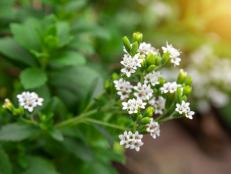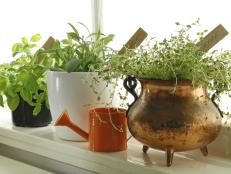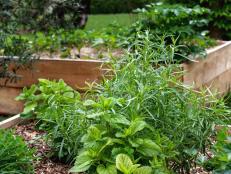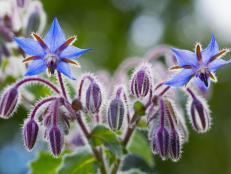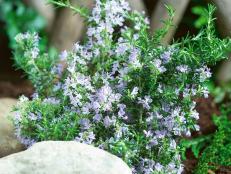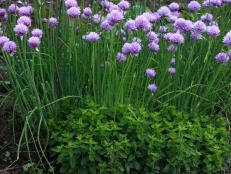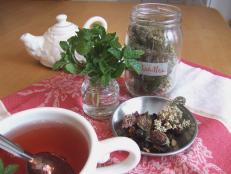Grow a Tea Garden
Brew a cup of tea using ingredients you grow yourself.
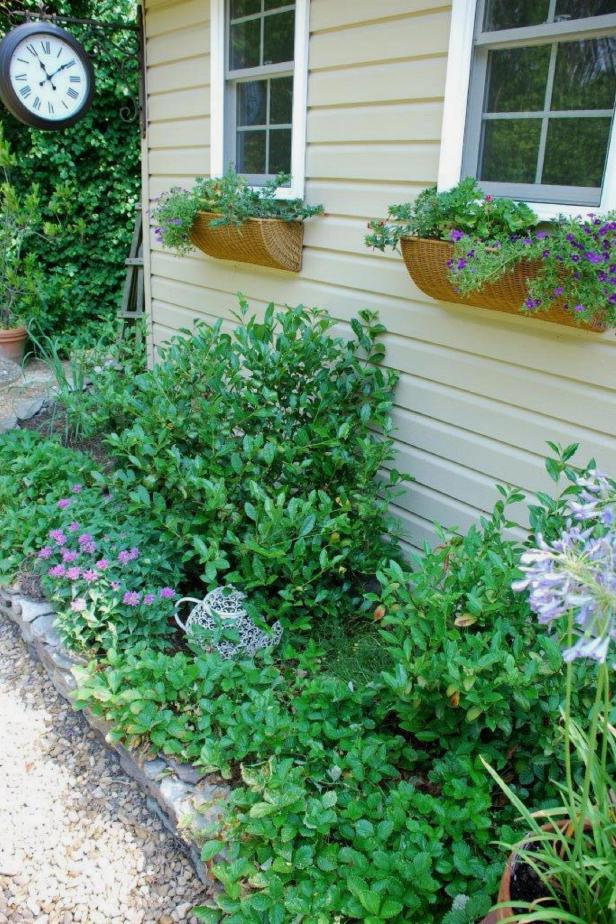
Mark Ragland
Many common perennials and herbs brew a tasty beverage, and most offer easy-growing personalities and eye-catching good looks.
A true cup of tea features leaves from the tea plant (Camellia sinensis), which is an evergreen shrub or small tree hardy in Zones 8 to 11. You can find different varieties of tea plant, especially if you shop at nurseries that specialize in camellias. Tea leaves yield a tasty brew no matter which variety you grow, but you’ll find flavor nuances associated with different cultivars.
Tea is native to sub-tropical and tropical Asia, where the plants thrive at high altitudes with abundant humidity. Richmond’s tea expert, Mark Ragland, shares that tea’s optimal growing conditions just don’t exist in the continental United States. “This plant thrives on 80 to 90 inches of rain annually at very high elevations. Unless you head to Hawaii, you won’t find that microclimate,” he says. But there are ways to grow tea successfully in less-than-ideal conditions.
With a little horticultural sleight-of-hand, Ragland tends three happy tea plants in his own Zone 7b tea garden. By tucking tea plants against a light colored garden shed, reflected heat keeps plants toasty. Positioning them along the roof’s dripline allows rainfall to pour freely onto soil around the plants. The native soil offers a low pH (4.6 to 5.0), which tea loves.
Ragland prunes his tea plants three to four times each growing season to maintain a 5-foot height. Every pruning yields new buds and leaves destined for tea making, but it’s the new growth in early spring that produces the coveted first flush tea. Chopping, semi-fermenting and drying the leaves yields an oolong-type tea, which Ragland stores in a non-opaque, airtight container in a cool, dark cupboard.
An active member of the Herb Society of America, Ragland also tends a 1.5-acre garden featuring many herbs that find their way into herbal tea blends. Teas made solely with herb leaves or flowers are actually called herbal infusions or tisanes.
Ragland’s favorite herbs for “tea” include lavender, bee balm (Monarda didyma) and perennial Roman chamomile (Chamaemelum nobile). Sweet basils, like Genovese (Ocimum basilicum) or holy basil (Ocimum sanctum), and anything citrus—including lemon verbena (Aloysia triphylla), lemongrass (Cymbopogon citratus) and lemon balm (Melissa officinalis)—also create tasty teas.
Mints are another of Ragland’s top tea plants. “I grow the more invasive mint and lemon balm in containers or other parts of my garden—not in the tea garden,” he says. He also keeps a non-hardy hibiscus (Hibiscus sabdariffa) in a pot, so he can take it indoors for winter. Roses yield hips packed with Vitamin C that make a terrific addition to tea.
To brew herbal infusions or “teas,” chop leaves or flowers first and give them ample time in hot water to allow the essential oils to flavor the brew—around 10 to 15 minutes for many herbs. “Be sure to remove your herbs, though, or the leaves start releasing tannins, which create a bitter flavor,” Ragland says. For more information on the history of tea and tips on brewing, catch one of Ragland’s talks at the Lewis Ginter Botanical Garden in Richmond.








